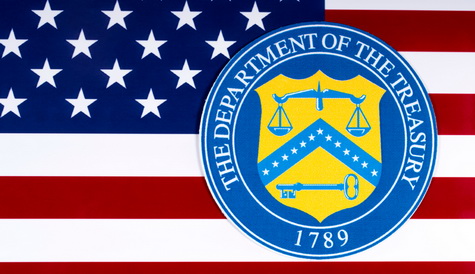
Responding to concerns raised by The Real Estate Roundtable and others, the Internal Revenue Service (IRS) on Dec. 9 issued Notice 2019-66 modifying and postponing several proposed changes to partnership tax reporting requirements. (Bloomberg Tax, Dec. 9)
The Real Estate Roundtable on Nov. 18 sent a letter to Treasury and the IRS urging the government to postpone certain reporting requirements in the new partnership tax return forms for 2019. The letter encouraged the IRS to seek formal input from stakeholders regarding specific items. The Roundtable noted in the letter that the reporting requirements as originally proposed were generating significant taxpayer uncertainty; could lead taxpayers to adopt inconsistent approaches to computing information; and may result in more harm than good. (Roundtable letter, Nov. 18)
Twelve other national real estate organizations sent a joint letter on Nov. 22 seeking a delay in the requirements and requesting a comprehensive comment process
This week’s IRS Notice makes the following changes:
- The requirement to report partners’ shares of partnership capital on the tax basis method is delayed until 2020 (for 2019, capital accounts will be reported consistent with the reporting requirements in 2018);
- The requirement for partnerships to report to partners information about separate “Section 465 at-risk activities” is delayed until 2020;
- The Notice clarifies the requirement for partnerships and other persons to report a partner’s share of “net unrecognized Section 704(c) gain or loss” by defining this term for purposes of the reporting requirement.
- It exempts publicly traded partnerships from the requirement to report their partners’ shares of net unrecognized Section 704(c) gain or loss; and
- It also provides relief from certain reporting penalties imposed under the tax code for taxpayer who follow the Notice. These penalties include the failure to furnish correct payee statements; the failure to file a partnership return that shows required information; and the failure to furnish information required on a Schedule K-1.
Significant changes were made to the partnership audit rules in 2015, in response to widespread government concerns related to the challenges of administering partnership tax rules. The Roundtable and members of its Tax Policy Advisory Committee (TPAC) have actively contributed to the development and modification of partnership audit reform legislation. (Roundtable Weekly, Jan. 5, 2018 and October 11, 2019)
TPAC will continue to engage IRS and Treasury officials about timely stakeholder concerns with regulatory issues affecting real estate and the economy.
# # #
